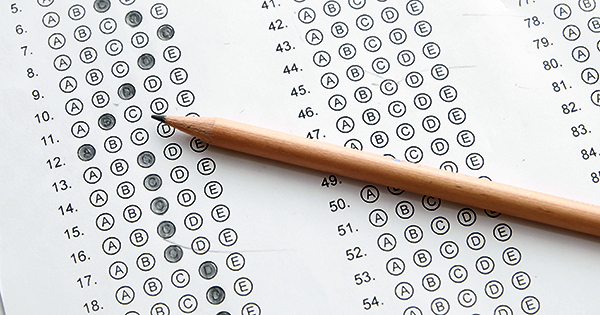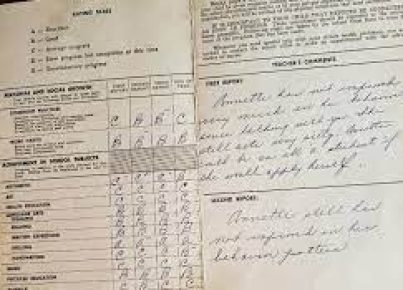Standardized testing is a crucial aspect of the education system. It allows students, teachers, and administrators to evaluate progress and identify areas that may require further attention or development. Monitoring a standardized test is essential to ensure its validity and uphold the integrity of the results. Here is a comprehensive breakdown of the 12 stages involved in monitoring a standardized test.
1. Test Preparation: Before administering the test, it’s important to familiarize yourself with the content, format, and guidelines governing its administration. This includes understanding the test objectives and the skills being assessed.
2. Room Setup: Ensure that the testing environment is conducive for optimum concentration. Desks should be spaced appropriately to discourage cheating, and all necessary materials (e.g., pencils, erasers) should be readily available.
3. Seating Arrangement: Pre-determine seat allotments for students or randomize their seating arrangement to minimize any possible collaboration during the exam.
4. Test Distribution: When distributing test papers or booklets, verify that the correct version is given to each student based on grade level or subject matter.
5. Timing and Instructions: Clearly announce the start and end times of each section and provide concise yet comprehensive instructions about how to fill out answer sheets, handle multiple-choice questions, etc.
6. Active Proctoring: Walk around the room periodically to monitor students’ conduct during the exam actively. This deters cheating attempts and checks for any signs of student distress or confusion.
7. Addressing Issues: Be attentive to students’ needs or questions about unclear instructions or problematic items on the test, while maintaining fair test-taking conditions for everyone.
8. Time Reminders: Provide periodic time reminders throughout the exam to keep students on track with pacing their work efficiently.
9. Test Collection: At the conclusion of each section or entire exam, collect materials in an orderly fashion ensuring no mix-ups or discrepancies occur.
10. Post-Test Check: Perform a quick review of test papers for any unfinished or incorrectly filled out sections, notifying students of such issues before they leave the room.
11. Security and Storage: Safeguard all completed test papers by keeping them under lock and key while awaiting grading or submission to the relevant organization.
12. Results Analysis: Analyze the results thoroughly to determine patterns of strengths and weaknesses across student cohorts, subjects, or skills, further informing curriculum planning and instructional practices.
By following these 12 stages, test administrators can contribute to maintaining a controlled and fair testing environment that benefits both students and education institutions as a whole. Standardized tests play an important role in academic assessment; thus, monitoring their administration with diligence is essential for preserving their value and effectiveness.





